Rabbits are a wonderful creation of nature, well known for their smooth fur, long ears and alert eyes
Wild Rabbit: Nature's Silent Walker
Introduction
Rabbits are a wonderful creation of nature, well known for their smooth fur, long ears and alert eyes. This wild rabbit in the picture is standing in a green field, surrounded by tall grass and bushes. It carries a unique beauty of nature and is an important part of the environment.
Source:
https://pixabay.com/photos/hare-nature-animal-mammal-fauna-9457418/
Introduction to Rabbits
1. Scientific Identification
- Scientific Name: Lepus europaeus (if it is the European Brown Hare)
- Family: Leporidae
- Class: Mammals (Mammalia)
- Habitat: Open grasslands, forests, farmlands and mountainous areas.
2. Physical Characteristics
- Ears: Rabbits have long and sensitive ears, which can easily detect even small sounds.
- Eyes: Their eyes are large and located on both sides, which helps them see up to 360 degrees.
- Legs: The hind legs of rabbits are long and strong, which helps them run fast.
- Fur: Their fur is usually brown or gray in color, which helps them blend in with their environment and protect themselves.
Source:
https://pixabay.com/photos/hare-animal-field-european-hare-6194141/
Rabbit Lifestyle
1. Diet
- Rabbits are herbivores. They eat grass, leaves, shrubs, vegetables, and fruits.
- In winter, they survive by eating tree bark and roots.
2. Mobility and self-defense
- Rabbits can run very fast, capable of running at speeds of about 50-70 km per hour.
- To escape from enemies, they run in a zigzag pattern, which helps confuse predators.
3. Social life
- Most rabbits prefer to live alone, but some species live in groups.
- They usually live in burrows, which protect them from predators.
Source:
https://pixabay.com/photos/mammal-animal-hunt-hare-7092839/
Ecological importance
1. Ecological role
- Rabbits play an important role as food for many predators, such as foxes, hawks and wild cats.
- They maintain the balance of the environment by eating plants.
2. Increasing soil fertility
- Rabbits dig burrows in the soil, which help aerate the soil and increase fertility.
Source:
https://pixabay.com/photos/rabbit-field-animal-field-hare-6063733/
3. Protecting biodiversity
- The presence of rabbits provides food for various predators, which helps maintain biodiversity.
Relationship with humans
1. Impact on Agriculture
- Farmers often consider rabbits as harmful because they destroy crops.
- However, they help maintain soil health and control some harmful plants.
2. Research and Medicine
- Rabbits are used in various medical and pharmaceutical research.
- Their structure is very similar to humans, so they play an important role in medical research.
3. Rabbit farming
- Many people keep rabbits as pets.
- However, wild rabbits do not accept domestication and usually live freely in the forest.
https://pixabay.com/photos/hare-animal-mammal-nature-8633926/
Conclusion
Rabbits are an amazing creation of nature, which plays an important role in the environment. The rabbit in the picture is expressing the immense beauty of nature through its alert attitude and beauty. We should save them and protect the natural ecosystem, so that they can live safely. 🌿🐇
| Community | My Blog |
|---|---|
| Category | General |
| Device | Honor |
| Caption | @saimunsp |
| Location | Bangladesh |
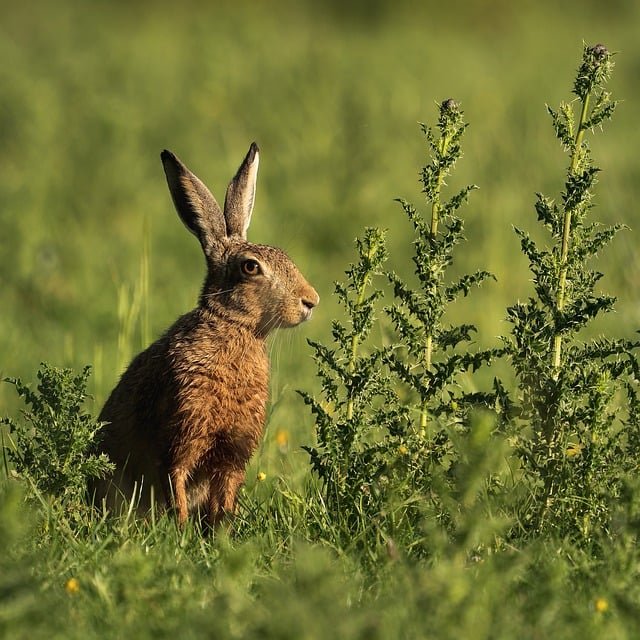
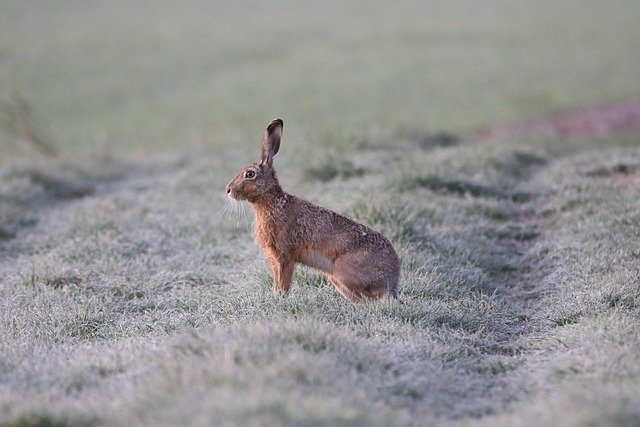
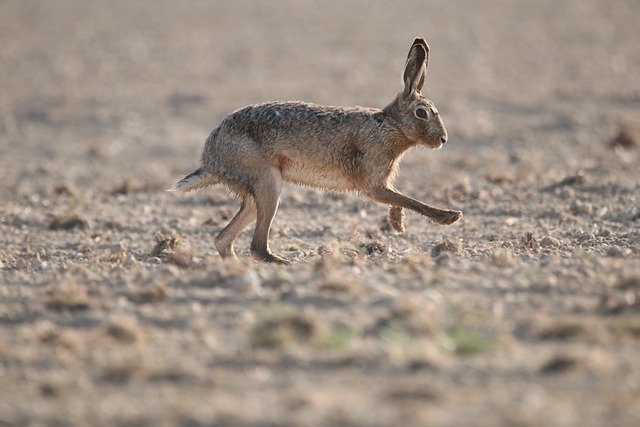
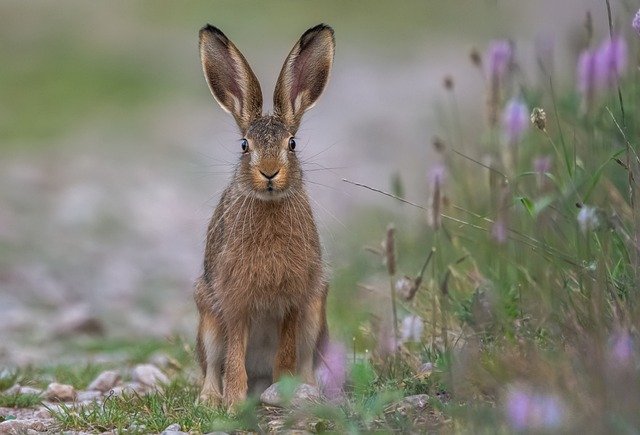
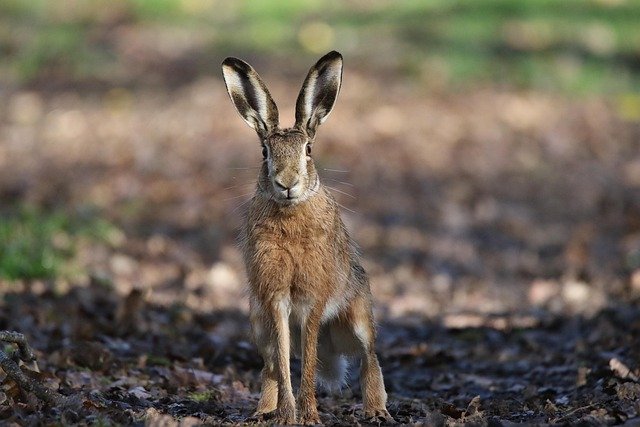
Upvoted! Thank you for supporting witness @jswit.